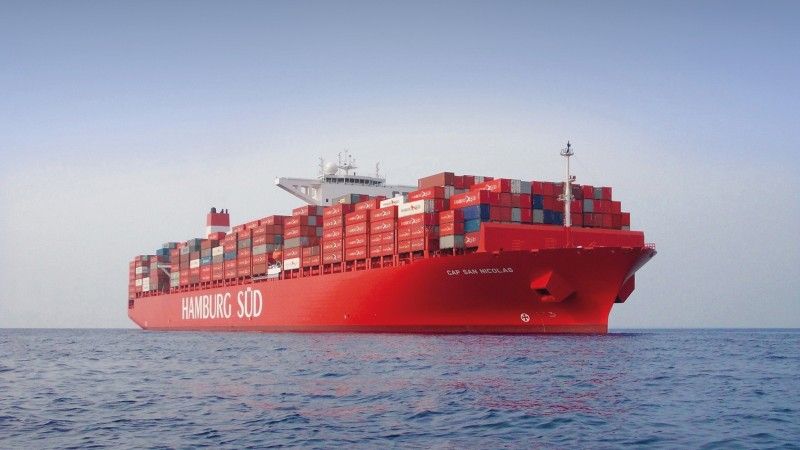If he carries out his proposals to raise tariffs on all U.S. imports of goods, Donald Trump may severely damage the world trading system.
Trump made proselytizing promises to raise tariffs to 10% on imports to the United States from around the world, 60% on imports from China and, if certain conditions related to migration, drugs and crime are not met, 25% on imports from Mexico.
But these tariff increases would violate the rules of the World Trade Organization (WTO) and the Free Trade Agreements (FTA) signed by the United States, according to Luis de la Calle, general director of the De la Calle, Madrazo, Mancera (CMM) Consultancy, and Ngozi Okonjo-Iweala, director general of the WTO.
World trading system
In the WTO’s multilateral trading system, most member countries actively collaborate on free trade agreements. In this way, they seek to boost trade flows. The WTO provides an organizational and legal basis for trade among its members. It also deals with trade disputes and manages international agreements, such as USMCA, OPEC and RCEP.
This global, rules-based system emerged after World War II, first as GATT and then as the WTO. Its goal has been to reduce trade barriers and avoid trade disputes through clear rules.
However, during his first term, Trump initiated a trade war with China, which has resulted in mutual retaliation and trade barriers, especially in the technology sector.
WTO
Among the basic rules of this system with respect to tariffs are:
- Non-discrimination.
- Binding commitments.
- Transparency.
- Safety valves (tariff increases under certain circumstances).
Trump recently stated at an event at the Economic Club of Chicago that “the nicest word in the dictionary is tariff.”

